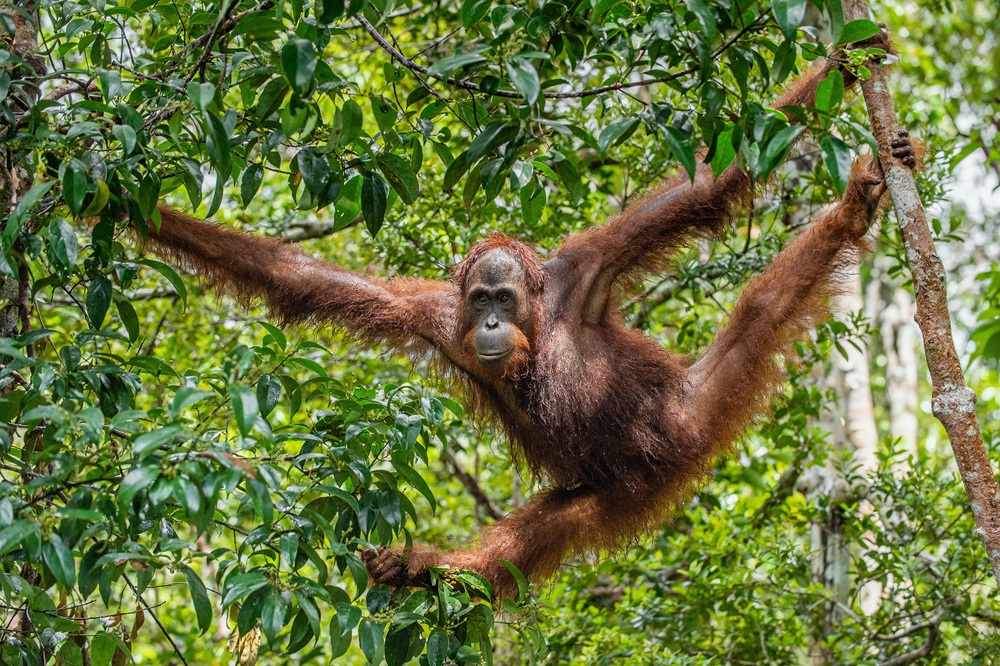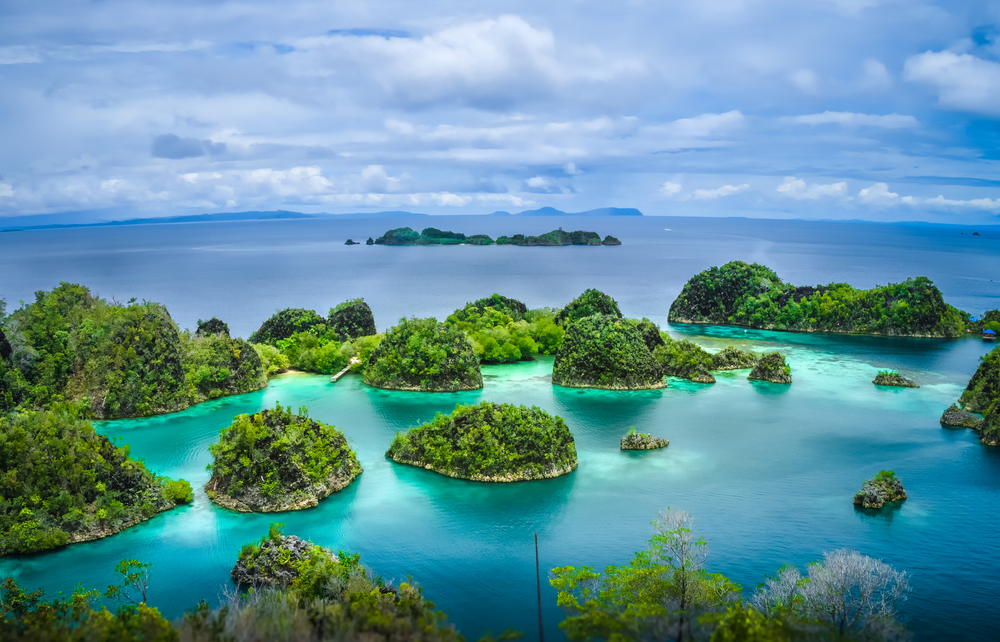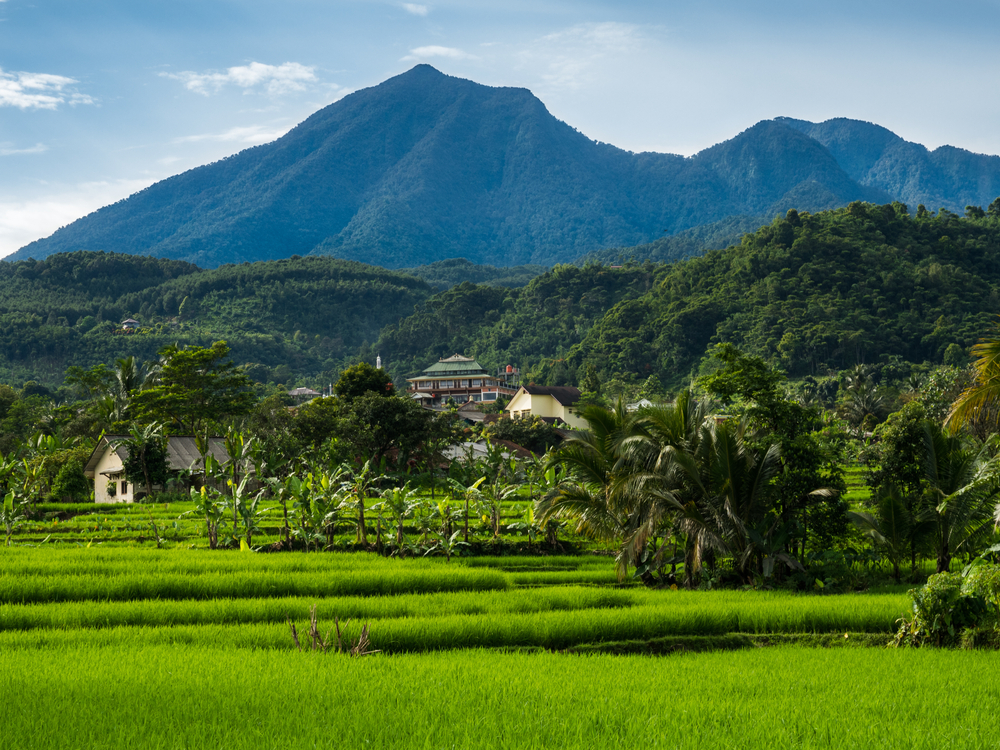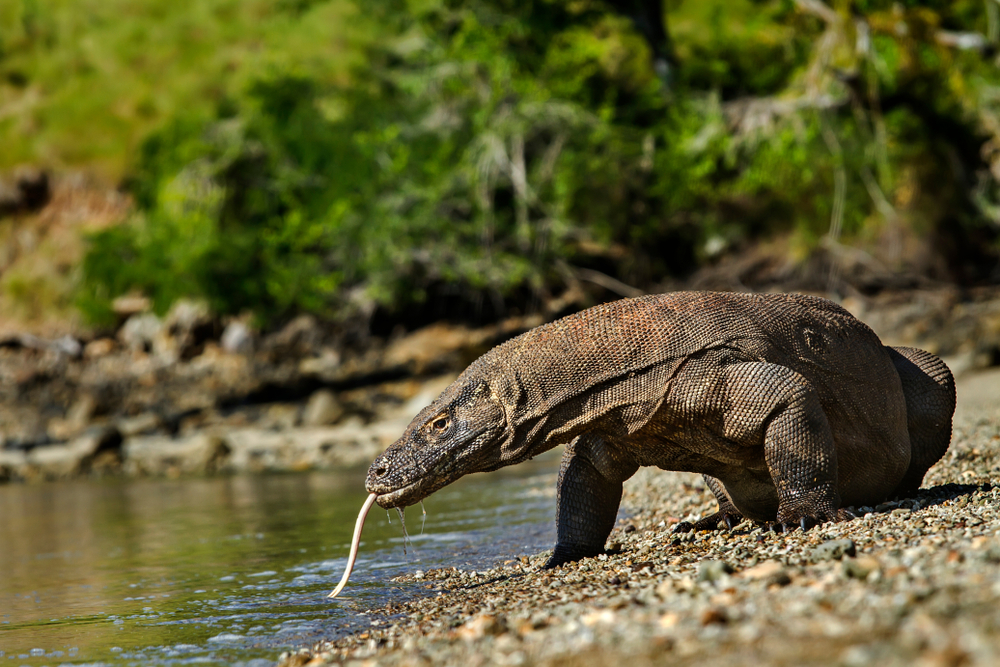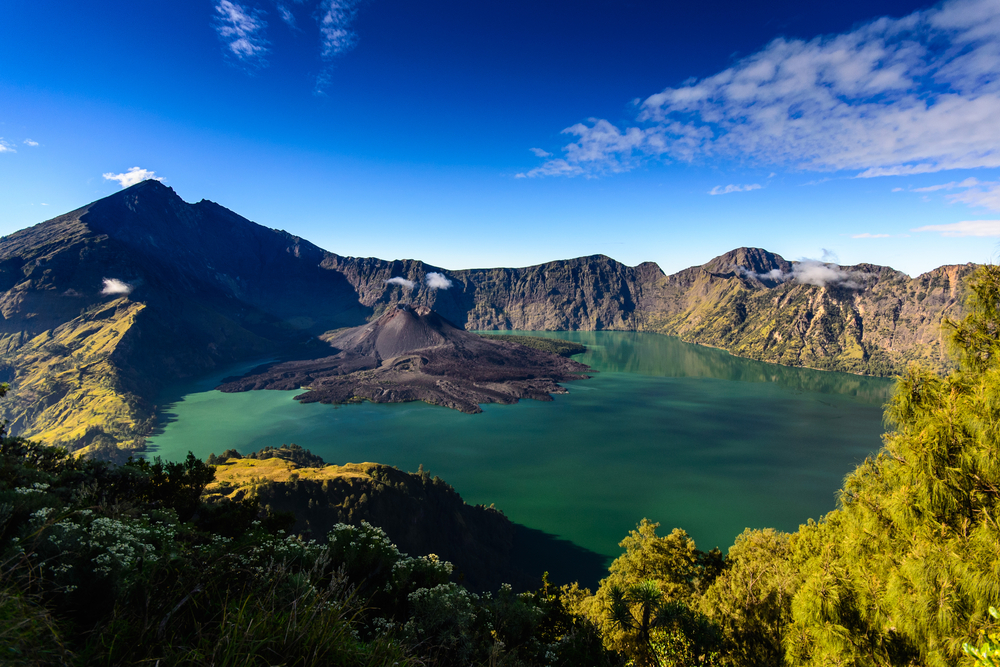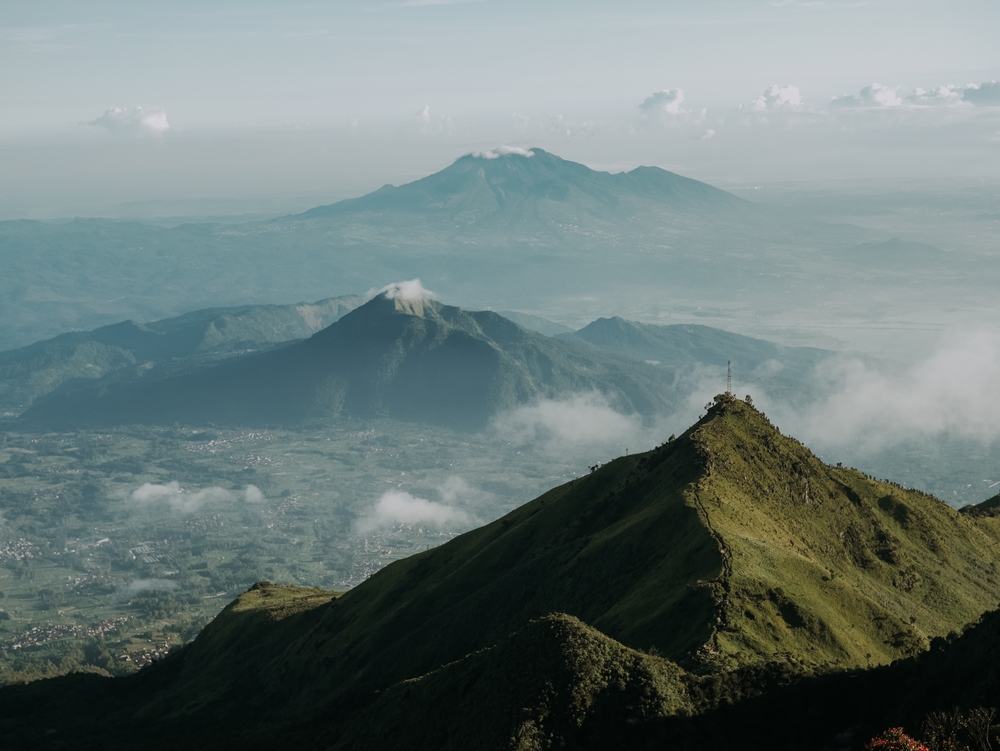Sebangau Overview
Sebangau National Park, or Taman Nasional Sabangau in the local Indonesian language, is a striking natural sanctuary located in Central Kalimantan, Indonesia, on the island of Borneo. The park spans an impressive 2,078 square miles (5,408 square kilometers), encompassing one of the world’s largest peat swamp forests.
This rich and biodiverse region is part of the larger Heart of Borneo conservation initiative, making it globally significant for both its ecological importance and natural beauty. The terrain of Sebangau National Park is dominated by vast peat swamp forests, which are a unique and fragile ecosystem. These peatlands consist of dense layers of decomposed organic material, creating a spongy and waterlogged environment that is crucial for carbon storage.
The forest is characterized by towering trees like the ironwood (Eusideroxylon zwageri), ramin (Gonystylus bancanus), and other endemic species, interspersed with meandering rivers, dark-water channels, and lush vegetation. The Sebangau River is a prominent feature, flowing gently through the park and serving as a lifeline for its diverse flora and fauna. The landscape shifts with the seasons, transitioning from flooded wetlands during the rainy months to drier grounds in the dry season, revealing the intricate interplay of water and land.
Sebangau is home to a dazzling array of wildlife, most famously its population of Bornean orangutans (Pongo pygmaeus), which is one of the largest in the world. These critically endangered great apes are often seen swinging through the forest canopy or foraging in the trees. The park also shelters agile gibbons (Hylobates agilis), Malayan sun bears (Helarctos malayanus), and clouded leopards (Neofelis diardi).
Bird enthusiasts flock to Sebangau for its avian diversity, with species such as the rhinoceros hornbill (Buceros rhinoceros), black-capped kingfisher (Halcyon pileata), and Wallace’s hawk-eagle (Nisaetus nanus) frequently spotted. Reptiles, amphibians, and a wide variety of insects also contribute to the park’s biodiversity.
Visitors to Sebangau National Park are drawn by its raw beauty and the chance to explore its remarkable ecosystem. One of the most popular features of the park is the opportunity to observe orangutans in their natural habitat, often through guided treks or river cruises along the Sabangau River.
Kayaking and canoeing offer intimate views of the park’s waterways and wildlife, while hiking trails allow exploration of the forest floor. The scientific research station at Camp Leaky is a highlight, showcasing ongoing conservation efforts and providing educational experiences.
Sebangau faces significant conservation challenges, including illegal logging, peatland drainage, and forest fires, which threaten its delicate ecosystem. However, collaborative conservation efforts by local communities, researchers, and international organizations have made progress in protecting the park. Initiatives to restore degraded peatlands and promote sustainable land use are critical successes, helping to secure Sabangau’s future as a vital carbon sink and biodiversity hotspot.








































































